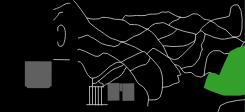On Path and Bed Naming
Our naming conventions in the garden can be very confusing, sometimes, even for ourselves. Path names are the main reference we use when talking about the garden. Some have functional names, while others have historical connotations. Bed names are our second choice of reference. Beds often derive their name either from the path that is associated with it, or the area of the garden that they serve. To further complicate things Ben includes the area north of the Blaine stairs, but south of the house in most of the "public" garden data, even through we associate it with the private garden.
Path naming
- Beech Hedge Path
- — While only accessible from the private garden, this path runs around the outside of the beech hedge and is mostly in what Ben considers land inventoried as "public"
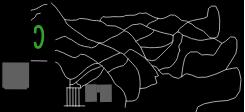
- Brick Walkway
- — The main entry to the house
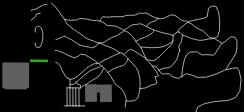
- Old Compost Path
- — This path is named after the original compost pile in the garden, which is still used
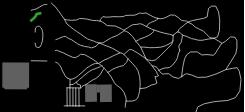
- Rock Path
- — Named for the many smaller rocks (all found in the garden) which used to make up the paving of this path
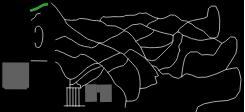
- Ben's Path
- — Named partly for the area where Ben used to have a rope swing and tree-house, but also because it is one of the few paths that Ben built
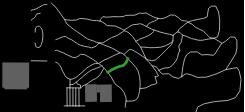
- Berry Path
- — This broken concrete path can get so overgrown with berries in the summer that it is impossible to walk down
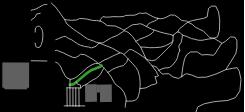
- Bowl Path
- — Named for the slight hollow formed by the slight ridge to the east and north of this path
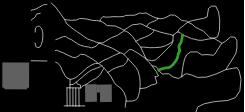
- Compost Path
- — Not a very unique name, but the original purpose of this path is to access the compost pile that has migrated across this slope over the years
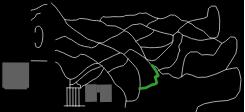
- Connector Path
- — Connecting up from the Woodland path to the Rust Garden this seemed like a natural fit
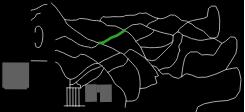
- Cynthia's Path
- — Named for neighbor Cynthia who was first person to build a path in this section of the garden
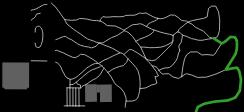
- Dahlia Path
- — Named for the bed in which we often grow dahlia's just to the west of this path
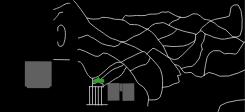
- Ephemeral Path
- — Named for all the tender spring plants along this path
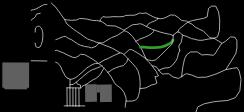
- Hellebore Path
- — Named for Dan's collection of hellebores growing on either side of the path
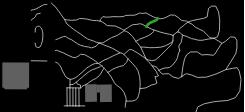
- High Path
- — For a long time this was the highest path in the garden
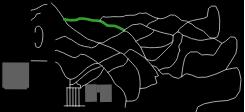
- Highest Path
- — This path has gone through many names over the years as nothing felt right. We eventually settled on this name because it just seemed to fit. Sadly it is our least well maintained and thus least used path
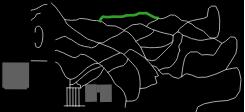
- Iris Path
- — On the lower slope of this path is Dan's collection of bearded iris
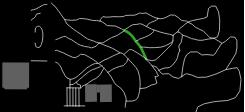
- Jake's Path
- — Jake was likely our first volunteer; he is responsible for starting our forest restoration, and also for building this path
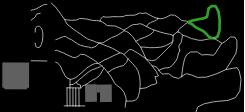
- Keith's Path
- — Named for one of the early gardeners who build this path and helped create one of the early expansions in the garden
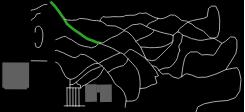
- Loropetalum Path
- — Named for the loropetalums that used to be abundant on this path. There are still two which are struggling along
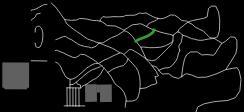
- Lower Bowl Path
- — No other name seemed to fit this path
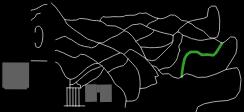
- Lower Dell Path
- — Running along the west side of the Dell this path remained unnamed for a long time
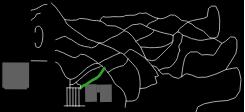
- Nursery Path
- — Named for Ben's nursery of ground covers that are here. However we rarely draw from it at the moment
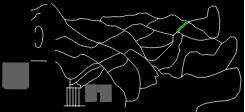
- Pink Castle Path
- — One of the early developers who was looking to build condos in this section of the garden lived in a large pink house up on 10th. Over the years this name as sort of stuck. This path follows the old skid road used for soil sampling
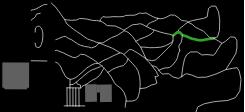
- Precipice Path
- — Named for the steep drop off on the west side of this bed
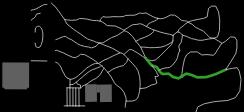
- Raccoon Path
- — Named for the Raccoon pool at the north end of this path
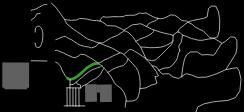
- Rock Wall Path
- — Named for the midden of rocks found in the garden that eventually became a retaining wall above one of our major composts
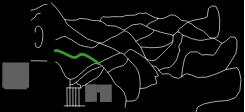
- Rust Garden Path
- — Named for the many pieces of rusty garbage found while clearing out the area, including an old radiator. This path follows the old skid road used for soil sampling
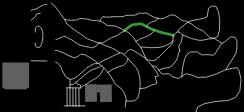
- S Steps
- — Named for the shape of the steps
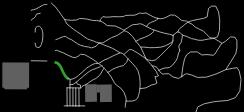
- Slide Path
- — This has been our most slide prone area of the garden and this path has gone through a number of changes over the years
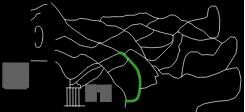
- Upper Rust Path
- — Running on the uphill side of the rust garden
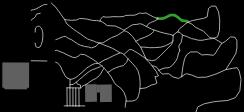
- Upper Slide Path
- — This path runs above to gabions that hold up the hillside after our last slide
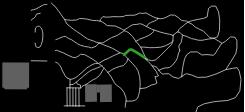
- Veggie Garden Steps
- — These steps are so short they hardly show on a map, but connect the vegetable garden to the Raccoon pool
- West Rust Path
- — Running along the western most edge of the rust garden, this path's upper segment uses the old skid road used for soil sampling
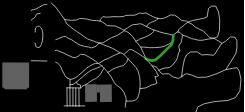
- Woodland Path
- — Our oldest and also longest path
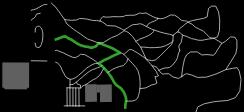
Bed naming
- Brick Circle
- — Named for the semi-formal brick circle which is partly surrounded by a beech hedge. This is only accessible from the Private Garden
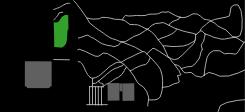
- Entry Pool
- — This natural seep has been carved into a lovely pool at the entrance to the Streissguth house
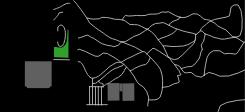
- North Slope
- — This basically unused bed is now overrun with arborescent ivy
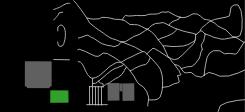
- Old Compost
- — Named for the area where Dan first started composting
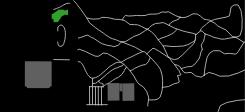
- Quince Bed
- — Named for the 4 flowering quince bushes. While this may not be the most spectacular area in the garden, it's got a lot of future potential
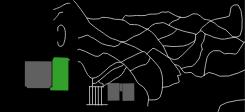
- Rock Path Bed
- — Another bed that is named for the path that runs through it
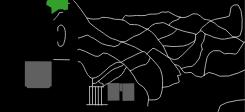
- Azalea Triangle
- — Named for the roughly triangular space this bed of Exbury azaleas makes
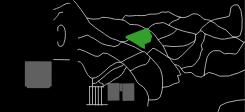
- Ben's Dell
- — This area was originally an experiment with sheet mulching, and as now turned into what Ben hopes will be a very low maintenance bed
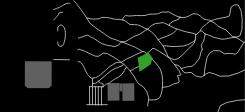
- Berry Trellis
- — In these planters we grow marion berries, loganberries and black raspberries
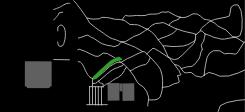
- Cynthia's Bed
- — This section of the garden has long been designed and cared for by neighbors Phil and Cynthia
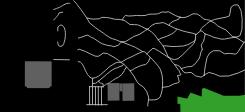
- Dahlia Bed
- — This bed is traditionally where we've grown dahlias for summer and fall color

- Winter Dell (Dell)
- — This is our warmest and most protected spot in the garden during the winter, and where we feature many winter blooming flowers
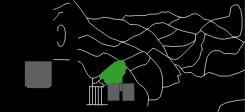
- Ephemeral Bed
- — This is where we grow a number of spring blooming ephemeral plants
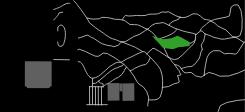
- Fragrant Rhododendrons
- — This was where we started planting our Loder hybrid fragrant rhododendrons
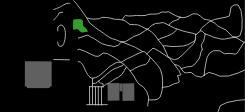
- High Bed
- — The highest bed in the garden, but relatively unused over the years
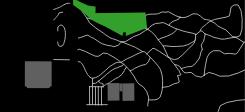
- Jake's hillside
- — Volunteer Jake's original forest restoration project
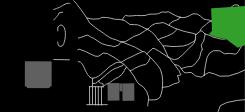
- Leaf Pile
- — Named for compost pile where we used to pile all the fall leaves when we had London plain street trees
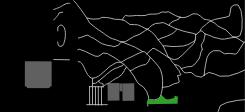
- Lower Dell
- — This grotto at the street level holds a collection of fern, among other things
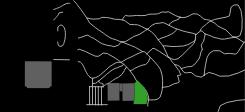
- Lower Woodland Path
- — Sometimes beds get named just because they feel like leftover space otherwise
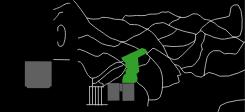
- Phlox Bed
- — Housing of collection of phlox, most of which are starts from Dan's mother, Lucile
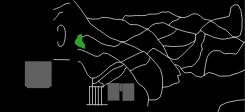
- PJM Bed
- — Named for the fragrant leaved hybrid rhododendrons that are prolific in this bed
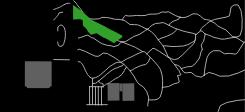
- Precipice Bed
- — Named for steep slope in this area, we are grateful to the Parks crew who planted the steepest section in 2013
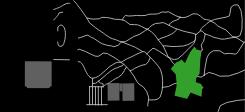
- Raccoon Pool
- — Nestled above the Raccoon pool, this bed has had a number of planting schemes over the years
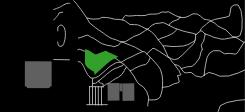
- Rockwall Bed
- — Named for the pile of found rocks from planting areas in the garden. We have since given up collecting and moving smaller rocks
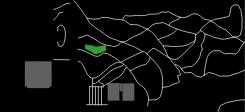
- Rust Garden
- — Named for huge amount of rusty objects found in this section of the garden, its a good reminder of how people used to not value open space
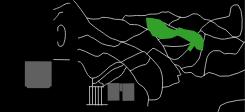
- S Steps Bed
- — Named for concrete block steps that run through the middle of this bed
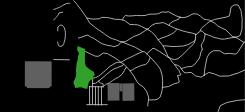
- Slide Bed
- — Actually named for the path which has taken on several forms after several small slides in this area
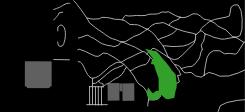
- South Rust
- — See the above entry for Rust Garden
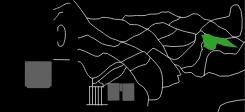
- Stewartia Grove
- — Named for our collection of 6 species of stewartia
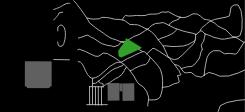
- Triangle Bed
- — Named for it's roughly triangle shape
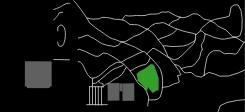
- Upper Rust Garden
- — Because the Rust garden has been developed in segments over the years it has tended to be broken into smaller sections
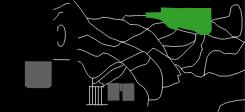
- Upper Woodland Bed
- — Another bed named to fill leftover space
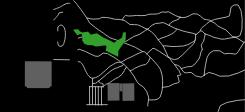
- Veggie Garden
- — Yep, you guess it, this is where the vegetable garden is
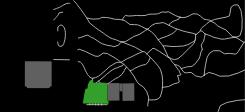
- West Rust
- — Forming the western end of the Rust garden, this was the last section of the Rust Garden to be cleared
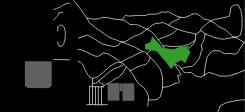
- The Woods
- — This is our main forest restoration site
